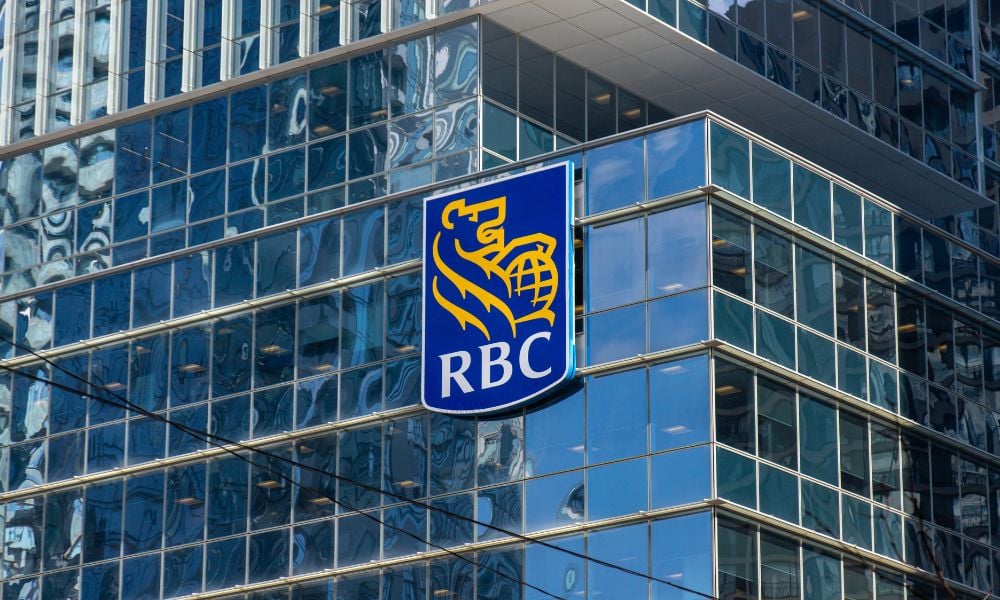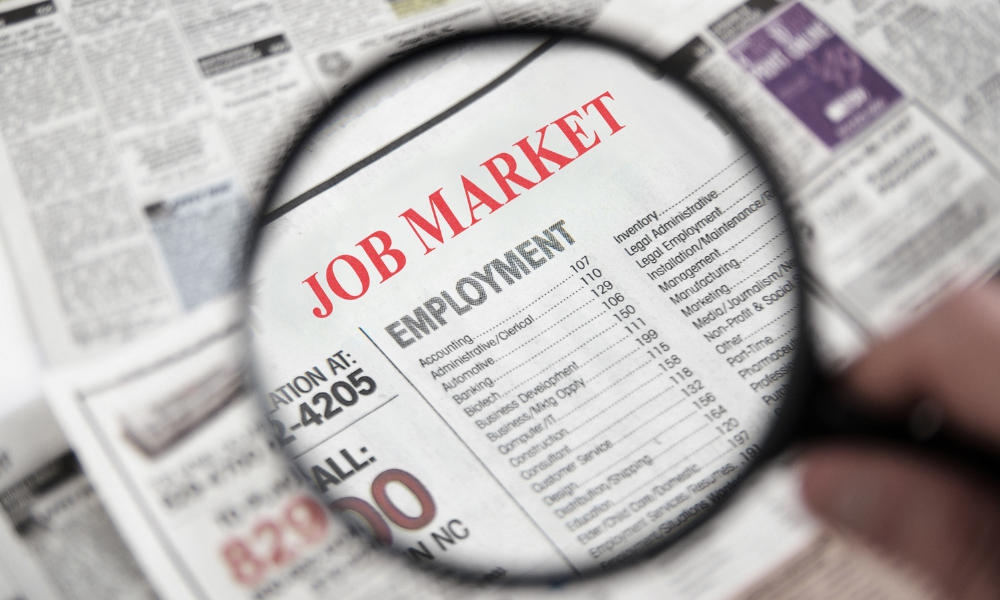BMO GAM CIO explains what has driven European outperformance so far and highlights how shifting risk appetites could risk the narrative

Even before President Donald Trump began acting on his trade rhetoric, European equity markets looked poised to start the year well. Simply due to natural rebalancing from an increasingly expensive US market, investors started to look more favourably on European equity names, especially in more value sectors. The onset of Trump’s scattershot trade policy — as well as US noise about withdrawing Europe’s security guarantees — introduced volatility into global markets. Europe, however, has remained an island of relative stability and equity growth as investors sought diversification.
Sadiq Adatia, Chief Investment Officer at BMO Global Asset Management, explained what has made Europe relatively attractive for investors up to this point. He highlighted how the introduction of further volatility during Trump’s ‘liberation day’ announcement was digested on European markets, and where within that broad swathe of countries he now sees particular opportunity. Adatia highlighted how Canadian advisors, who may not have paid much attention to European stocks in the past decade, can start to introduce this segment to their clients in the context of a diversified strategy.
“Despite a strong 2023 and 2024 on US equity markets, there were already thoughts coming into the year about a rotation. I think the uncertainty of Trump and the tariffs expedited some of that and money started to flow into international markets and away from those magnificent seven names,” Adatia says. “The other side of the story is that Europe has started to figure out what it can do to help spur its economy. Things like the debt brake rule in Germany, which has been changed to allow for more defense spending. That gives investors a bit more confidence as well.”
European defense names, Adatia notes, have been some of the highest performing stocks in the region and the world. The German arms manufacturer Rheinmetall, for example, is up over 160 per cent year to date as of mid-May and has even outperformed Palantir. Some of that growth has been driven by a newfound political will among leading European countries to re-arm as the US makes noise about retrenchment from its European security commitments. Adatia also points out that many European stocks were already trading at far more favourable price/earnings multiples than their US counterparts, which helped drive some additional investor interest.
All the investor positivity around Europe did not insulate its markets from the stock downturn that followed Liberation Day. European markets have broadly recovered since that date, however, and Adatia attributes the downturn to a general investor shift away from equities broadly. He notes that some European names could come to benefit from a cultural push away from the US following these tariffs. With many global tourists now avoiding travel to the US, as well as boycotting big US brands like McDonalds, Tesla, and Coca Cola, there may be greater interest in some European products and destinations.
European leadership, however, could be at risk if full-on risk appetite returns. As we’ve seen in the past week alone, a firmer trade deal between the US and China could support a resurgence in investor confidence. Should that manifest, Adatia believes we could see a significant resurgence in US equities, namely those magnificent seven companies that drove growth for so much of the past two years. Conversely, if US policy remains uncertain and Europe continues to make itself more attractive without being subject to new or more punishing tariffs, that leadership story could remain in place.
Looking at sectors within European markets, Adatia is most constructive on defense names. He also sees positivity in European financials, which are trading cheaper than many of their US counterparts but show strong growth profiles and dividend yields. He also highlights industrials as a possible area of momentum. He is more wary of European consumer discretionary stocks given the uncertain global economic outlook and the skew towards luxury brands in Europe. If global consumers are less confident, shares of luxury fashion houses may suffer.
With a view to those sector outlooks, Adatia notes a preference for German markets in particular. He highlights Italy as another possible beneficiary of trade policy changes. He is more worried about the French market given its skew towards luxury names as well as its underlying political uncertainty.
While Canadian advisors may be considering Europe as an avenue for diversification, Adatia acknowledges that these markets have not been much of a standby for Canadian investors up to now. Global diversification has tended to be focused on US equities and emerging markets. As advisors start making the case for Europe to their clients, Adatia emphasizes a focus on investment first principles.
“Every country will dominate for a period of time, and recently that was the US, but you want to remain risk aware. Think of it like a run in equities that might skew a client’s 60 per cent equity allocation up to 70 per cent, you would then rebalance to bring that risk profile back down,” Adatia says. “I think that’s where advisors can start their explanation to clients. They can highlight how well we’ve done in the US and show that now is the time to diversify because multiples have gone up and risk has gone up. Don’t give up on the US, but we can see other opportunities in Europe now.”



